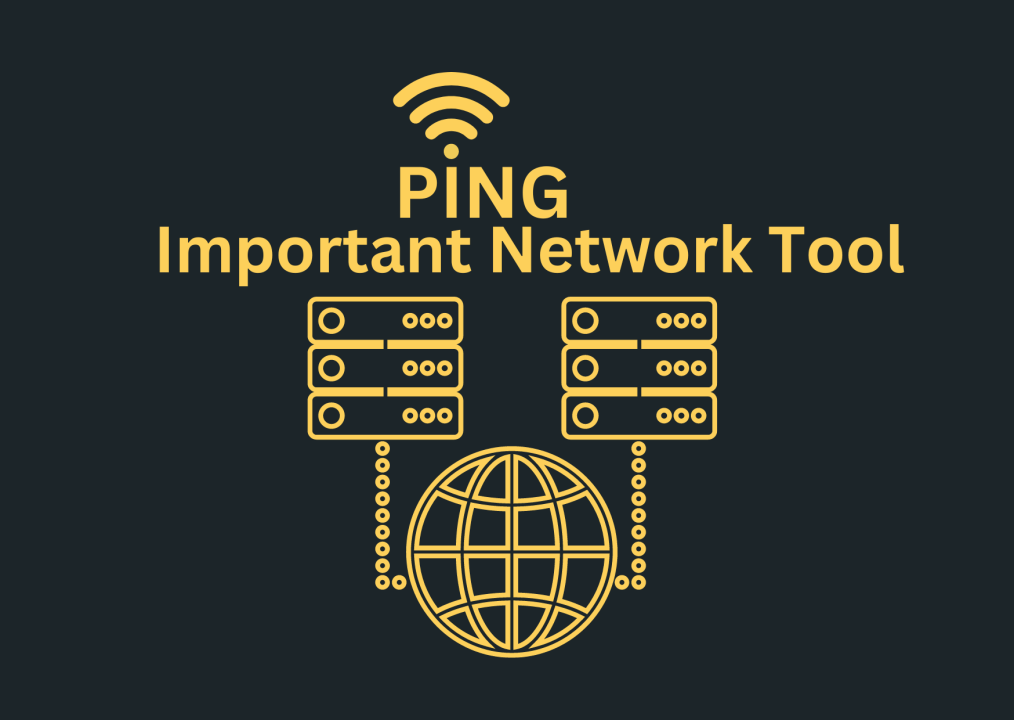In the vast of computer networking, few tools are as fundamental yet powerful as the ping command. Whether you’re a seasoned network administrator troubleshooting connectivity issues or a curious user wondering why your internet seems slow, understanding ping is essential for the digital world.
Ping represents one of the most basic yet crucial utilities in network administration, serving as the digital equivalent of sonar used by submarines to detect underwater objects. Just as submarines send sound pulses and listen for echoes to determine distance and the presence of objects, ping sends data packets across networks and waits for responses to verify connectivity and measure performance.
The beauty of ping lies in its simplicity and universal availability. Found in virtually every operating system from Windows to Linux, from smartphones to enterprise servers, ping provides immediate insights into network health. When you type a simple command like “ping google.com,” you’re initiating a sophisticated process that can reveal whether your internet connection is working, how fast data travels to its destination, and whether there are any obstacles preventing successful communication.
For IT professionals, ping serves as the first line of defense in network troubleshooting. It’s the digital stethoscope that helps diagnose connectivity problems before they escalate into major issues. For everyday users, understanding ping can help explain why video calls drop, why web pages load slowly, or why online games experience lag. This comprehensive guide will explore every aspect of ping, from its fascinating history to its practical applications in modern networking.
What Is Ping and How Does It Work?
Ping (Packet Internet Groper) is a fundamental Internet program that enables users to verify if a particular destination Internet Protocol (IP) address exists and can accept requests from other network devices. At its core, ping operates using the Internet Control Message Protocol (ICMP), sending echo request messages to a specified device and waiting for echo reply responses.

When you execute a ping command, your device sends small data packets—typically 32 to 64 bytes—to the target destination. If the target device is available and configured to respond to ICMP requests, it immediately sends back an echo reply packet. This simple exchange provides valuable information about network connectivity, response time, and packet loss.
The ping utility measures round-trip time (RTT), which represents the duration required for a data packet to travel from your device to the destination and back again. This measurement, expressed in milliseconds, serves as a crucial indicator of network performance and latency. Lower ping times generally indicate better network performance, while higher times may suggest congestion, distance-related delays, or network issues.
Key Components of Ping Operation:
The ping process involves several critical elements that determine its effectiveness. The Time to Live (TTL) value indicates how many network hops a packet can traverse before being discarded, preventing packets from circulating indefinitely in the network. The packet size, typically defaulting to 32 bytes, can be modified to test how the network handles different data loads.
Most ping implementations send multiple requests—usually four by default in Windows systems—to provide a more accurate assessment of network consistency. This repetition helps identify intermittent connectivity issues that might not be apparent from a single request.
The Fascinating History Behind Ping
The ping utility was created in December 1983 by computer scientist Mike Muuss while working at the Ballistic Research Laboratory, now known as the US Army Research Laboratory. Muuss drew inspiration from sonar technology, naming the tool after the distinctive sound that sonar makes when detecting underwater objects through echolocation.
Interestingly, while many people believe PING stands for “Packet InterNet Groper,” this is actually a backronym created after the fact. Muuss originally named it simply after the sonar sound, though he later acknowledged the clever expansion of the name into an acronym.
The first version of ping was released as public domain software, making it freely available to the networking community. This decision proved instrumental in Ping’s widespread adoption and integration into virtually every operating system. The tool was first included in 4.3BSD and has since become an indispensable part of network administration toolkits worldwide.
Technical Deep Dive: How Ping Actually Functions

Understanding ping’s technical operation requires familiarity with the Internet Control Message Protocol (ICMP), which forms the foundation of ping’s functionality. When you initiate a ping command, your device constructs an ICMP Echo Request packet containing specific information, including a sequence number, timestamp, and optional data payload.
This packet travels through your local network infrastructure, potentially passing through multiple routers, switches, and other networking equipment before reaching its destination. Each intermediate device examines the packet’s header information, decrements the TTL value, and forwards it toward the destination based on routing tables.
Upon reaching the target device, the ICMP Echo Request triggers an automatic response if the device is configured to handle such requests. The target generates an ICMP Echo Reply packet containing the original request’s data and sends it back along the return path to your device.
Advanced Ping Parameters and Options:
Modern ping implementations offer numerous parameters for customizing behavior and gathering specific information. The -n parameter controls the number of echo requests sent, while -l adjusts the packet size for testing network handling of different data loads. The -t option enables continuous pinging until manually stopped, useful for monitoring ongoing connectivity.
For troubleshooting purposes, the -a parameter performs a reverse DNS lookup to display the hostname associated with an IP address. The -f flag sets the “Do not Fragment” bit, helping identify Maximum Transmission Unit (MTU) issues along the network path.
Practical Applications and Use Cases
Network administrators rely on ping for various diagnostic and monitoring tasks beyond simple connectivity testing. Latency measurement helps identify performance bottlenecks and optimize network configurations for better user experience. Packet loss detection reveals intermittent connectivity issues that might not be immediately apparent through other monitoring methods.
DNS resolution testing combines ping with hostname resolution to verify both network connectivity and DNS functionality. If pinging an IP address succeeds but pinging the corresponding hostname fails, this indicates DNS configuration problems rather than network connectivity issues.
For network path analysis, ping can help identify where connectivity problems occur by testing intermediate devices along the route to a destination. This systematic approach enables administrators to isolate problems to specific network segments or devices.
Understanding Ping Results and Troubleshooting

Successful ping results display several key metrics that provide insights into network performance. The bytes sent and received confirm proper packet transmission, while the time value indicates network latency. The TTL value shows how many hops remain before packet expiration, helping estimate network distance.
Common ping error messages provide specific diagnostic information. “Request timed out” typically indicates the destination device is unreachable or not responding to ICMP requests. “Destination host unreachable” suggests routing problems preventing packet delivery. “General failure” often points to local network configuration issues.
Interpreting ping statistics requires understanding that round-trip times include not just network latency but also processing delays at both source and destination devices. Consistent low ping times indicate stable, high-performance connections, while variable times may suggest network congestion or unstable connections.
Ping in SEO and Modern Applications
Beyond traditional networking, ping has found applications in search engine optimization and web development. SEO pinging involves notifying search engines and content aggregators about new or updated website content, potentially accelerating indexing and improving search visibility.
This SEO application works by sending automated notifications to search engine crawlers, informing them about fresh content that requires indexing. While ping submission doesn’t directly influence search rankings, it can expedite content discovery and potentially improve organic traffic through faster indexing.
Modern ping variations include specialized tools for IPv6 networks (ping6) and enhanced utilities offering additional functionality like payload customization and advanced routing options. These tools maintain ping’s core functionality while adapting to evolving network technologies and requirements.
Understanding ping empowers both IT professionals and everyday users to diagnose network issues, optimize performance, and maintain reliable connectivity in our increasingly connected world.




